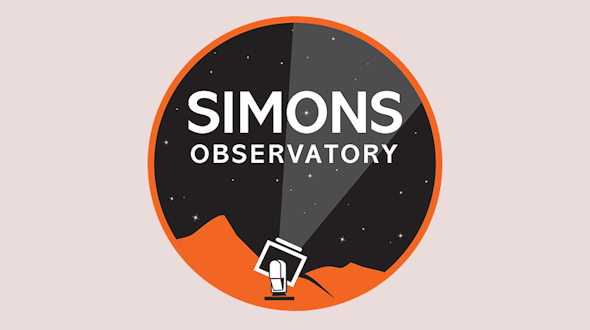
Simulation-Based Inference of Galaxies (SimBIG) is a framework for extracting cosmological information from the observed 3D distribution of galaxies using state-of-the-art simulations and neural inference.
Learn More
Simulation-Based Inference of Galaxies (SimBIG) is a framework for extracting cosmological information from the observed 3D distribution of galaxies using state-of-the-art simulations and neural inference.
Learn More
CAMELS is a large suite of N-body and state-of-the-art hydrodynamic simulations of cosmological structure formation in the non-linear regime that covers a range of sub-grid models for the physics of galaxy formation.
Learn More
Gaia is a European Space Agency mission that is building the largest, most precise map of our galaxy by surveying nearly two billion objects. The many instruments on the Gaia spacecraft measure astrometry, photometry and spectroscopy for these sources, enabling a multi-dimensional view of the stars and structures in the Milky Way.
Learn More
The Hydrogen Intensity and Real-time Analysis eXperiment (HIRAX) is a radio telescope array that will map nearly all of the southern sky in radio continuum and neutral hydrogen line emission over a frequency range of 400 to 800 MHz.
Learn More
This collaboration plans to carry out this inference using a Bayesian forward modeling approach, where we repeatedly sample a set of initial conditions, predict the observational consequences of that choice, compare to the real observations of galaxies and gas, and compute the likelihood, either explicitly or implicitly, thereby constructing the posterior distribution of the initial conditions.
Learn More
The Laser Interferometer Gravitational-Wave Observatory (LIGO) was designed to open the field of gravitational-wave astrophysics through the direct detection of these waves, predicted by Albert Einstein’s general theory of relativity.
Learn More
The fifth Sloan Digital Sky Survey (SDSS-V) is an all-sky, multi-epoch spectroscopic survey that will yield optical and infrared spectra of over 6 million objects during its five-year lifetime (2020–2025).
Learn More
The Simons Observatory (SO) is a new-generation cosmic microwave background (CMB) observatory being built in the Atacama Desert in Chile. It will enable scientists to tackle questions on the primordial universe, neutrino physics, cosmological constant and dark energy, as well as galaxy evolution.
Learn More
The five-year Simulating Multiscale Astrophysics to Understand Galaxies (SMAUG) project will improve our understanding of baryonic processes in galaxy formation so that we can greatly reduce the associated uncertainties now present in astrophysical measurements of neutrino masses, dark matter and dark energy.
Learn More
The Terra Hunting Experiment (THE) is a project to discover Earth-mass planets in Earth-like orbits around sun-like stars. It will deploy a new state-of-the-art spectrograph that can determine velocities of stars (Doppler shifts) at precisions measured in centimeters per second.
Learn More